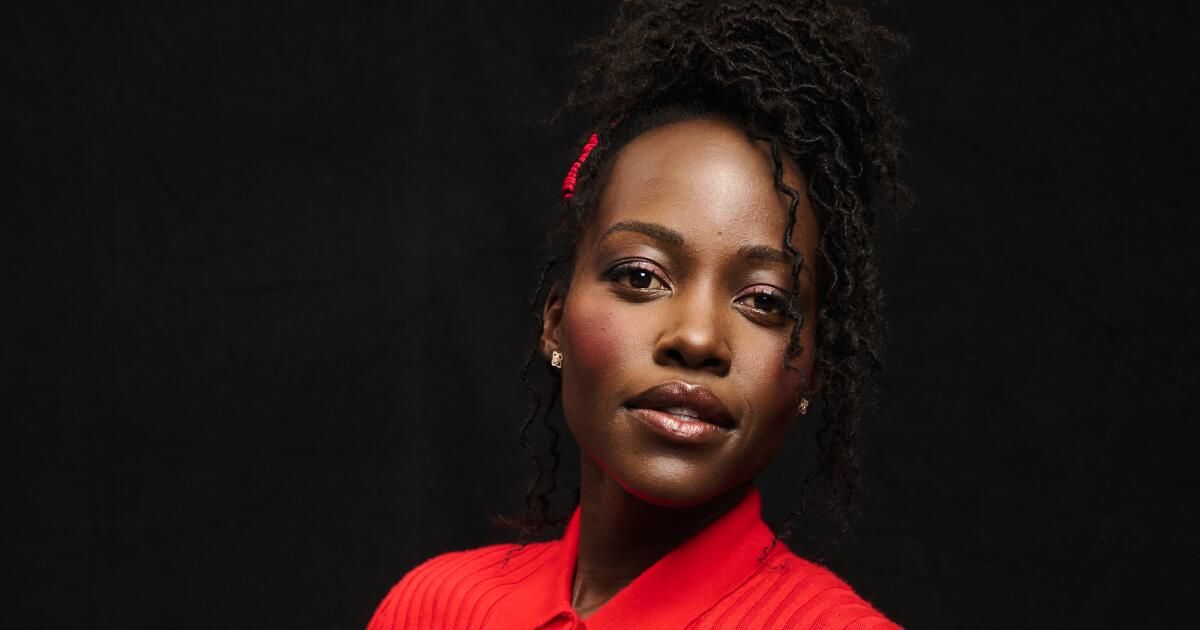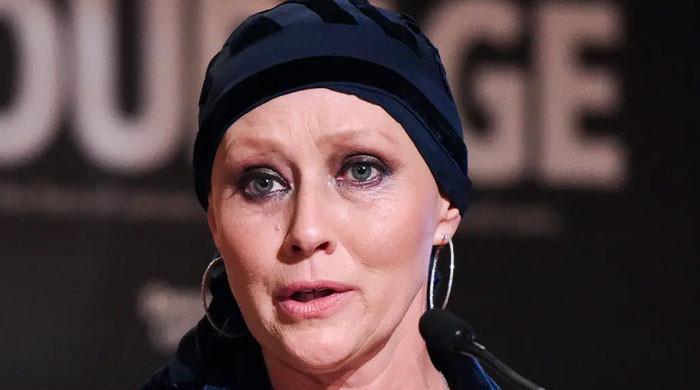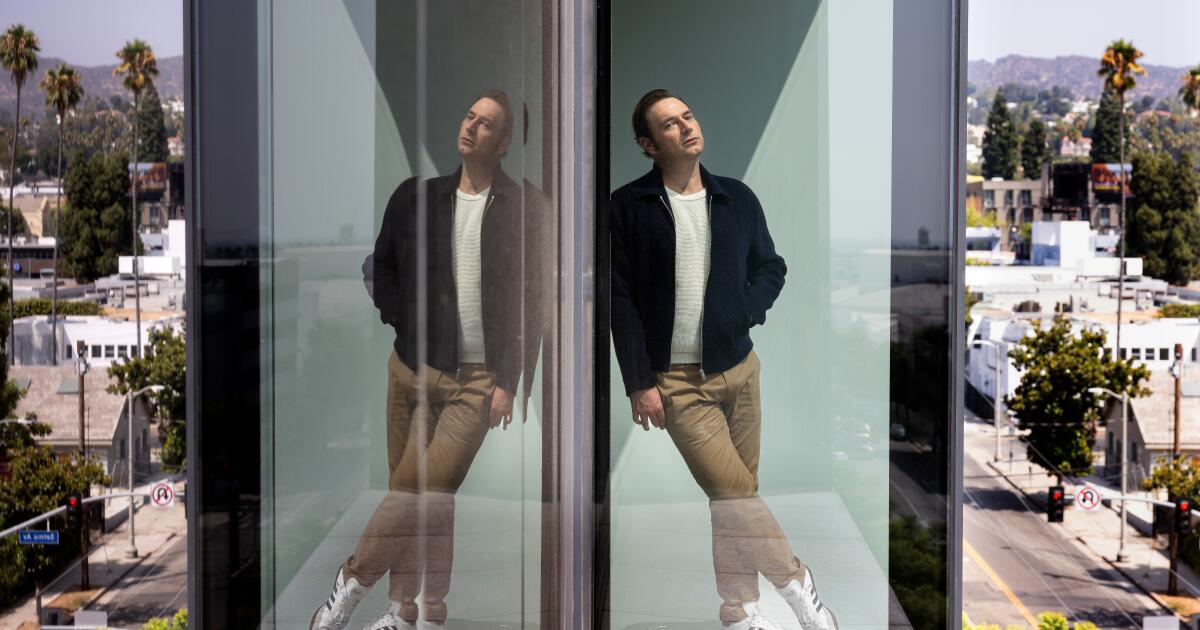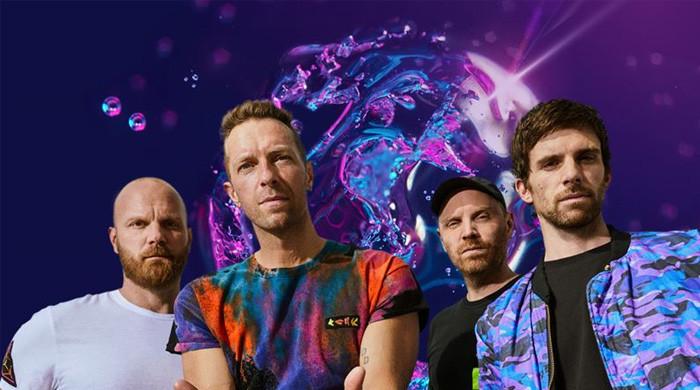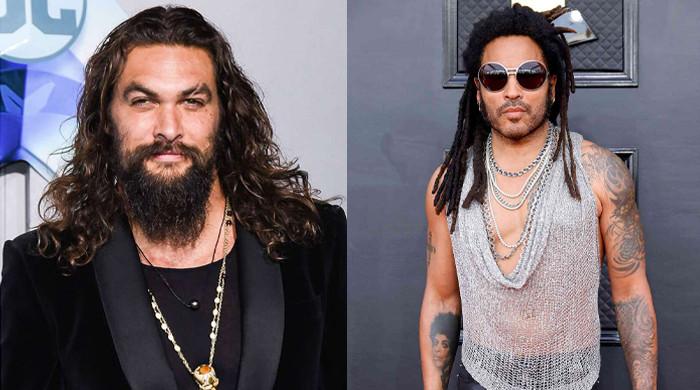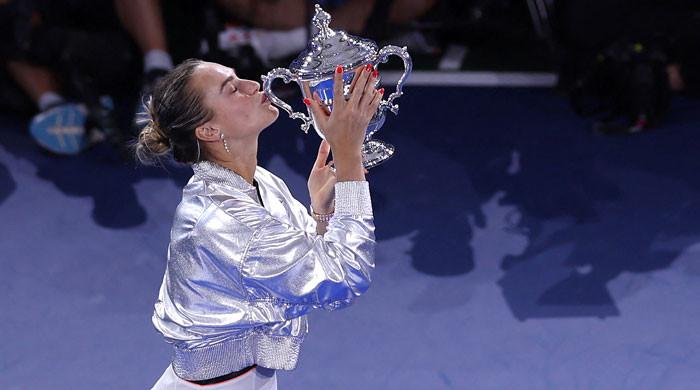If she could pick just one animated film to take to a desert island, Lupita Nyong'o would probably choose Disney's 1994 “The Lion King.”
“I know some of those scenes by heart,” he says, speaking over Zoom from a hotel in Santa Monica. “That’s how many times I’ve seen it. More than I can count.”
But now that the Mexican-born, Kenya-raised actor voices an animated character who actually washes up on the shores of a remote island, Simba, Timon, Pumbaa and company may have some competition.
From director Chris Sanders, the animation veteran behind “Lilo & Stitch” (2002), “The Wild Robot” (in theaters Sept. 27) follows a talking humanoid robot, ROZZUM unit 7134, or “Roz” (Nyong’o), who develops a maternal bond with an orphaned goose, Brightbill (Kit Connor), after becoming a stranger in a strange land. (In this futuristic reality, humans appear to live somewhere else, in isolated, domed cities.)
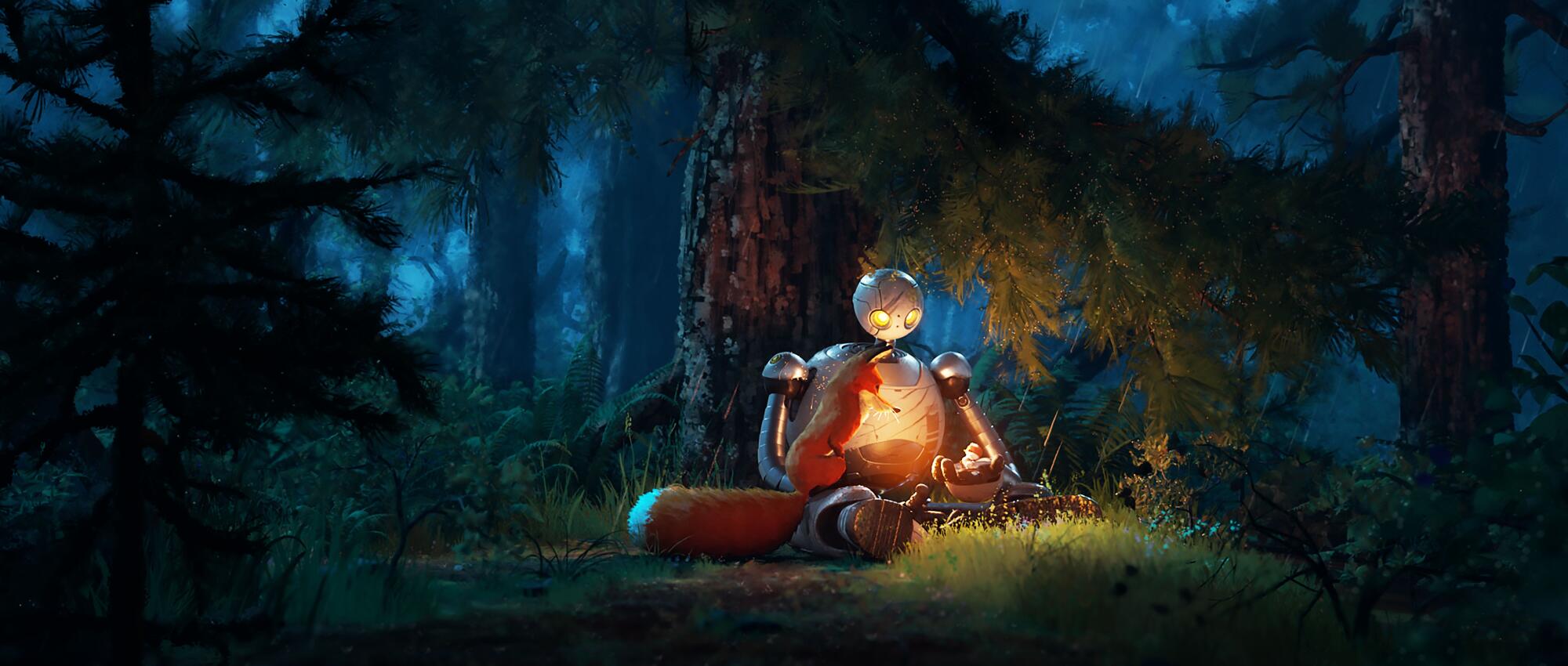
“The fact that she has no expression means we can project our emotions onto her,” Nyong'o says of her main character.
(Dream Works)
Through trial and error, Roz builds relationships with the native animals, including a wily fox named Fink (Pedro Pascal), Pinktail (Catherine O'Hara), an overwhelmed mother opossum, and Thorn (Mark Hamill), a bear who likes to be alone. Adapted from Peter Brown's 2016 book, the sci-fi fable suggests that even in this environment, where animals act on instinct, compassion can thrive.
When the project was proposed to him, the Oscar winner for “12 Years a Slave” did not immediately accept. “I needed to make sure that Chris was looking for a collaborator rather than an executor,” says Nyong'o, 41.
With refreshing candor, Nyong’o admits that “the idea of being part of a project that’s been going on for so long and with people you can’t stand” didn’t appeal to her. To avoid that, she undertook a “research process,” meeting with Sanders and producer Jeff Hermann on multiple occasions and being questioned extensively about her motivations for the film. (In 2019, Nyong’o wrote her own children’s book, “Sulwe,” which deals with colorism through the story of a girl who wishes her skin tone was lighter.)
“Lupita approached this subject matter with all the seriousness and thoughtfulness that she would have had with any of her other roles,” Sanders says over video call. “As an entertainer, I always appreciate that.”
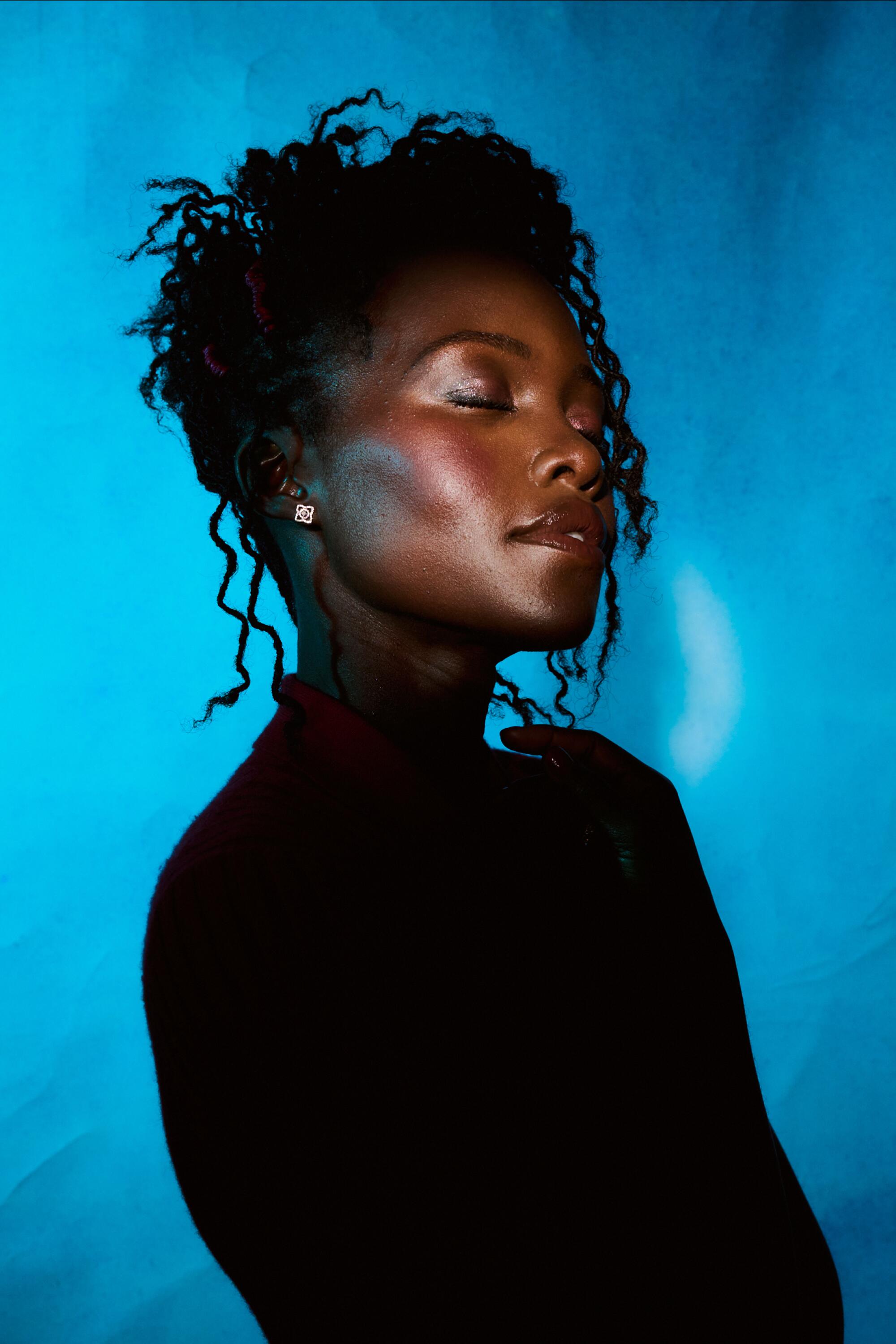
“Being the lead comes with a different kind of responsibility,” says Nyong'o, who also took on the title role in this summer’s hit “A Quiet Place: Day One.”
(Phylicia JL Munn / For The Times)
The thematic core of “The Wild Robot” — finding harmony in an increasingly divided world through curiosity and respect — resonated with the actor. “The idea that kindness could be a survival skill that allows us all to thrive in our differences is radical and beautiful and true,” Nyong’o says.
At that time, the script was not fully formed, nor were the temperaments or character designs, only preliminary sketches existed for reference.
“Whenever an actor comes on board, the first thing we do is go back to the script and start personalizing it,” Sanders says. “Once we get into the studio, the project evolves again because their creative input is going to be immediate.”
“They weren’t just there to please me,” Nyong’o recalls. “I could feel that my contributions really fit their vision.”
Though she previously voiced the wise and protective Raksha, an Indian wolf, in Disney's 2016 photorealistic remake of “The Jungle Book,” Nyong'o knew “The Wild Robot” would require a deeper commitment.
“Being the lead comes with a different kind of responsibility,” she says. “And I was very conscious of the fact that I hadn’t been involved in that kind of intricate, step-by-step process in animation.” (It’s been a big summer for Nyong’o, who also took on the lead role in this summer’s hit “A Quiet Place: Day One,” her first starring role in a large-scale Hollywood action film.)
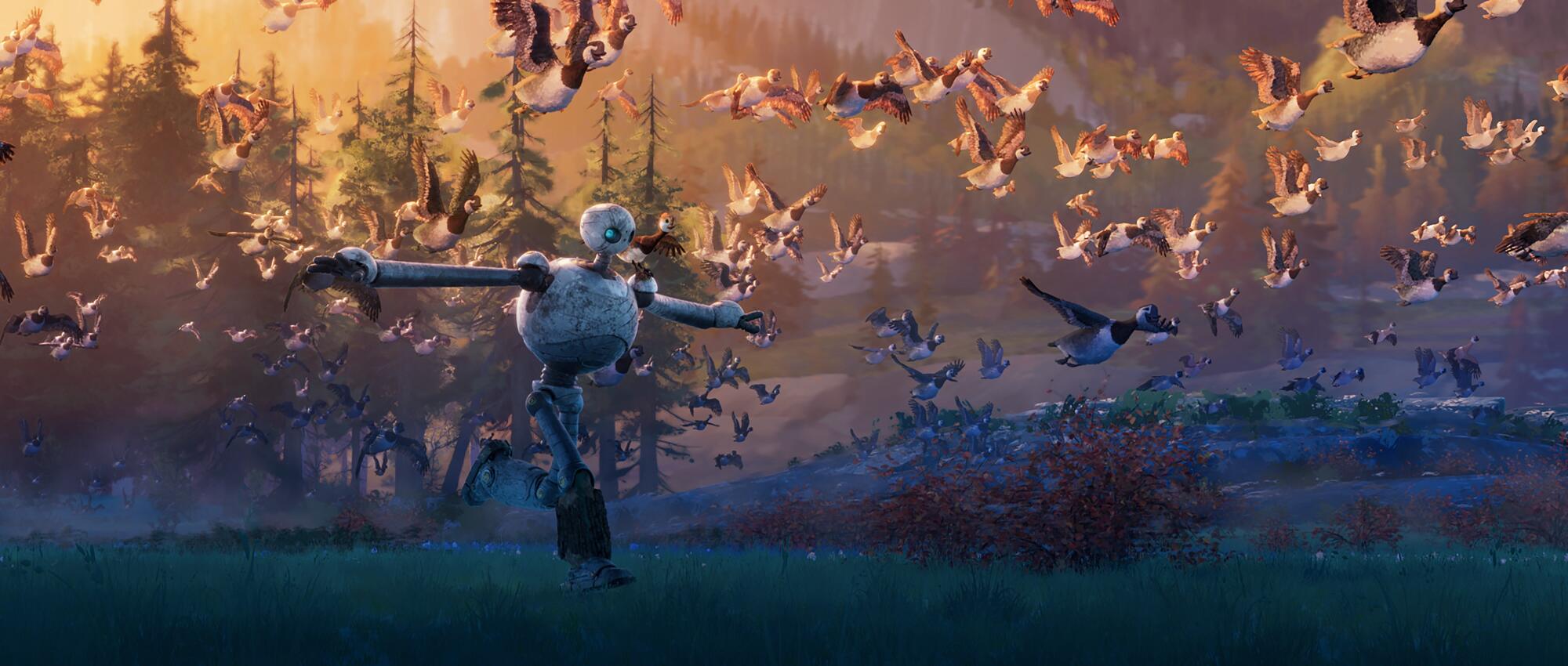
A scene from DreamWorks Animation’s “The Wild Robot,” directed by Chris Sanders.
(Dream Works)
Over the course of nearly two years, starting in late 2022, Nyong'o and Sanders fine-tuned Roz's character arc as the animation took shape. Each recording session, she says, felt like a script workshop.
“We start out with what I like to call ‘programmed optimism,’ the kind of optimism you hear in voices like Siri or Alexa,” Nyong’o says of her character, who navigates an unfamiliar forest environment with a certain naiveté. “And then as she adapts and begins to mimic the animals around her more and more — and as she becomes the mother she eventually becomes — she finds more dimension and nuance in her performance.”
The robot Roz has no facial expressions, a deliberate design decision on Sanders' part.
“There's a tremendous amount of empathy you feel for a character like that,” he says, recalling being inspired by similarly stoic, seemingly robotic characters such as R2-D2, C-3PO and Robby the Robot from 1956's “Forbidden Planet.”
That meant Nyong'o's voice would be the only one carrying the emotional load. “Everything she's trying to convey and evoke has to be in that voice on the recording,” Sanders says. “And that's a huge amount of work. It's a very subtle thing.”
“The fact that it has no expression means we can project our emotions onto it,” Nyong'o says.
Why are humans so fascinated with artificial creations like Roz?
“We are vain and self-centered,” Nyong'o jokes, but she also means it. “The world revolves around us, as far as we are concerned. That is why we anthropomorphize animals. The candelabra in Beauty and the Beast – why does it have a face? Because we want to see ourselves in things that don't look like us, to get closer to a better understanding of ourselves.”
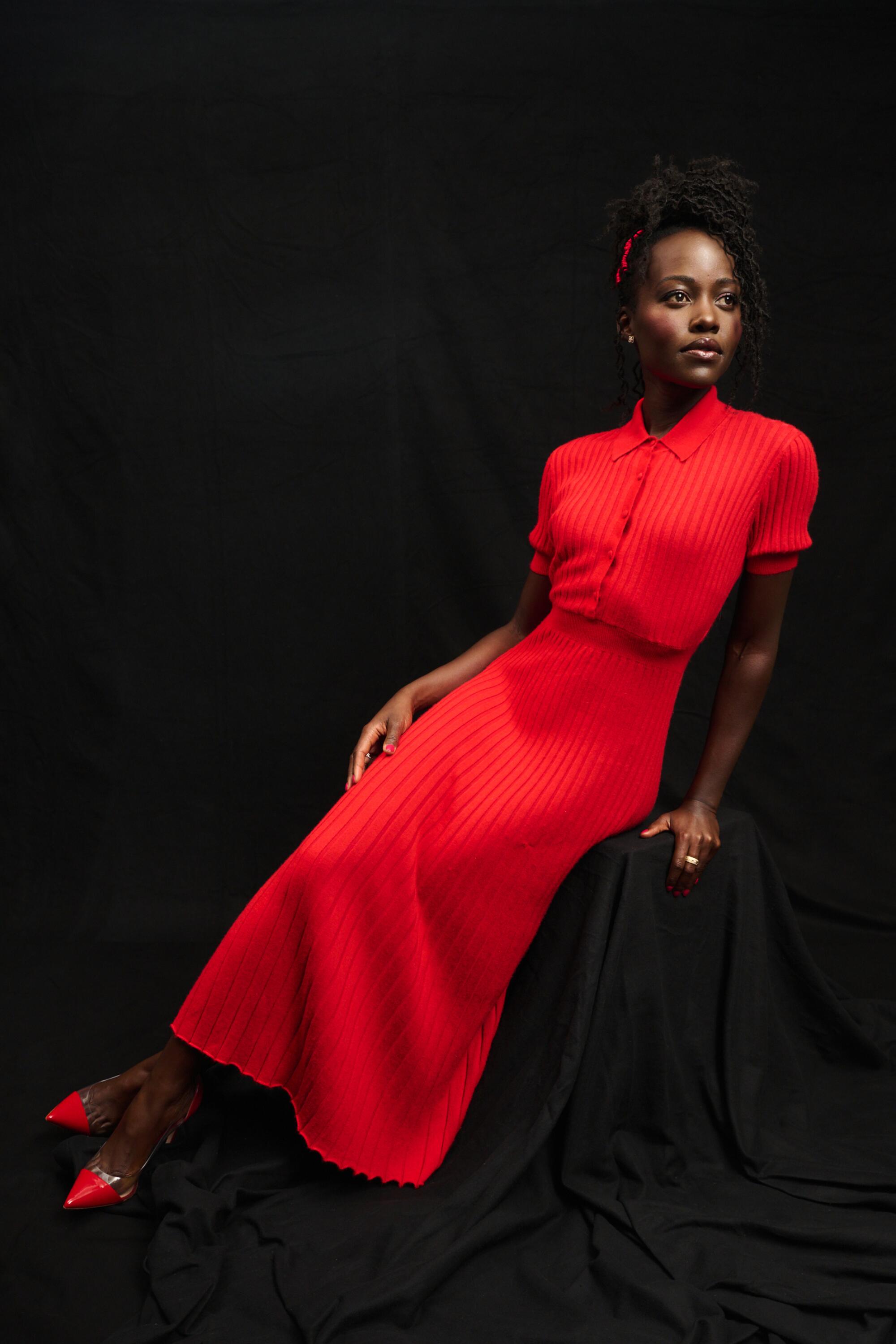
“Lupita approached this role with all the seriousness and thoughtfulness she would have brought to any of her other roles,” says Chris Sanders, director of “The Wild Robot.”
(Phylicia JL Munn / For The Times)
“Wild Robot” articulates a complex conception of motherhood, something uncommon in animated films aimed at children, which tend to lean towards conventional representations (the recent French film “Chicken for Linda!” is a notable exception).
“When you’re a child, you’re brought into a world where you think your mother knows everything,” she says. “But mothers are also living their lives for the first time. They’re learning as well as children learn. They’re becoming mothers.” In “The Wild Robot,” Roz’s mission is to prepare Brightbill to migrate with a flock of his own kind — a journey that also shows her own emotional development, from confusion to confidence — and even a sense of humor.
Nyong'o recalls that performing a full-body performance while standing can be challenging, as it requires the actor to use their body in ways they would otherwise never use it.
“There’s a scene where Roz is running and it occurred to me, ‘Well, if I was running, I would be out of breath, but Roz is a robot, so she wouldn’t be out of breath,’” Nyong’o says. “Being in the booth allowed me to experience that in a more real way for Roz than it would be for me.”
Sanders, who has been on the other end of the microphone voicing Stitch, the beloved koala-like alien in the Disney film he directed, knows how demanding voice recording can be.
“At the end of these sessions, everyone can feel like they’ve run a marathon,” he says. “In an animated recording session, you can go through 10 or even 15 scenes. The emotional wavelengths that an actor is subjected to can be very broad and that can be exhausting.”
In fact, during one of her sessions, Nyong'o injured her vocal cords, forcing her to remain silent for three months to avoid surgery for the polyp that had formed in her throat.
“It was difficult, but I learned how much I rely on speech to maintain my personality,” she says. “When I had to be quiet, I became much more observant and felt more comfortable inside.”
Watching the entire film for the first time left her speechless.
“I thought, ‘Wow, this is one of those large-scale, impressive, emotionally overwhelming, beautiful animations that I loved as a child,’” she says. “The quality of animation they’ve achieved, that painterly feel, makes it feel nostalgic and futuristic at the same time. It’s really impressive.”
Nyong'o smiles at her own enthusiasm. “Animation gives us permission to have big feelings,” she says.

